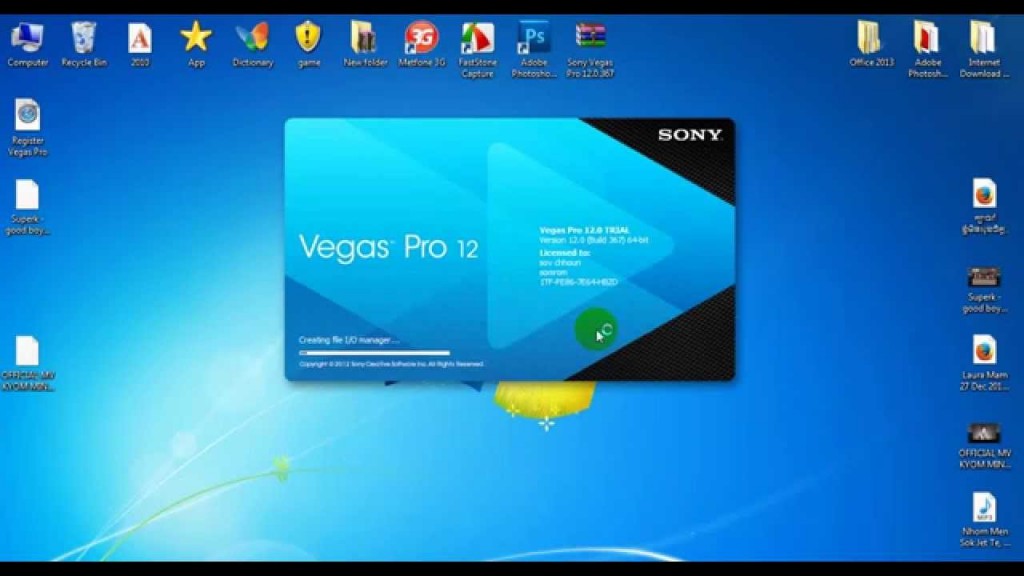


Photoshop PSD files with layers are supported too, which have its uses. This transparent files allow me to create a watermark to display in the bottom corner of the video. You can also import image files including JPEG files or transparent PNG files. If it’s purely audio I’m working with, I import MP3 and WAV files into the Media Bin.
CTRL U SONY VEGAS MP4
Lots of file types are supported, but the one I work with the most is MP4 since this is what I like to render my Screencast-O-Matic videos to. The audio is automatically added as part of the video, meaning you get a video track and audio track instantly.

You simply import your video clip and drag it to the timeline. You might even be able to add VST synthesizers but composing MIDI music on the Vegas timeline would be tricky since it has no quantised timeline or beatmapping technology whereas Acid does.
CTRL U SONY VEGAS SOFTWARE
The software also supports VST plugins which I have not used yet, but since I used to use VST plugins with Sony Acid a lot, I know it is possible to add lots of audio FX like EQ, delay, reverb, phaser etc. If you’re interested, have a look at the technical specifications for the latest version of Vegas.I’m happy to stick with version 11 for the forseeable future. These were all taken over by Sony and in my opinion became even better.Īt the moment, I am running Vegas version 11 on a 32-bit Windows 7 installation, but the later versions only support 64-bit operating systems. I fondly remember Sonic Foundry way back circa 2001 when I used an audio/music sequencer called Acid and an audio editor called Sound Forge. Originally, this application was developed by a brand called Sonic Foundry but was later bought out by Sony Creative Software. I use Vegas in combination with other software including Adobe Audacity and Screencast-O-Matic to produce educational YouTube video screencasts and short trailers. Vegas is a powerful multitrack audio/video editor with sequencing, effects and compositing features.


 0 kommentar(er)
0 kommentar(er)
